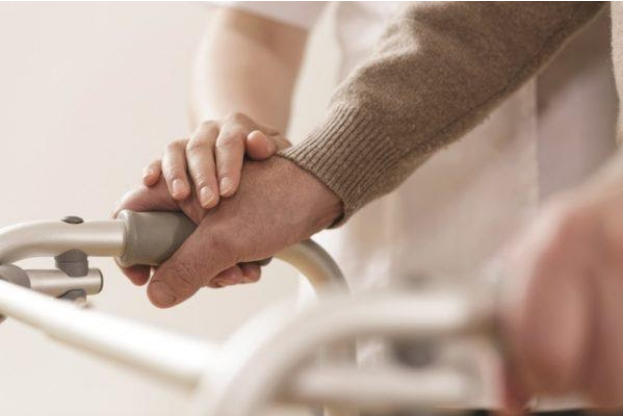How to Prevent Falls for Seniors

What can you do to prevent these falls, you may ask? One of the first things you should do is get your vitals tested, specifically your vision. Schedule an eye exam with a board-certified optometrist to make sure your vision is up to par, as it may be time for a new pair of glasses. Staying physically active is another great tip of advice as exercising keeps your muscles strong and joints flexible. Also, be sure to take note of what medications you may take that cause drowsiness or dizziness. Showers can be tricky for seniors due to slippery surfaces. If your budget allows, try to invest in shower seats. Seniors tend to feel more at ease while bathing when using shower seats. The seats help with stability and significantly lower the risk of falling. For those who have stairs, make sure the stairs are cleared of any objects that can become a tripping hazard. Adding handrails, stair treads, or a stairlift can be extremely helpful as well. Falls happen to even the best of us sometimes; however, I hope you now feel more prepared and incorporate these safety precautions in your everyday life.
Sources: Center for Disease Control. (2017, February 10). Facts about falls. Retrieved from https://www.cdc.gov/falls/facts.html Lauber, R. (2020, November 05). 15 Ways to Reduce Fall Risk and Help Prevent Fall for Seniors. Retrieved from https://homecareassistance.com/blog/4-long-term-consequences-of-falls-among-older-adults National Institute on Aging. (2017, March 15). Prevent Falls and Fractures. Retrieved from https://www.nia.nih.gov/health/prevent-falls-and-fractures The National Council on Aging. (2015, May 22). 6 Steps to Keep Your Older Loved Ones from Falling. Retrieved from https://www.ncoa.org/article/6-falls-prevention-steps-to-help-your-older-loved-ones
